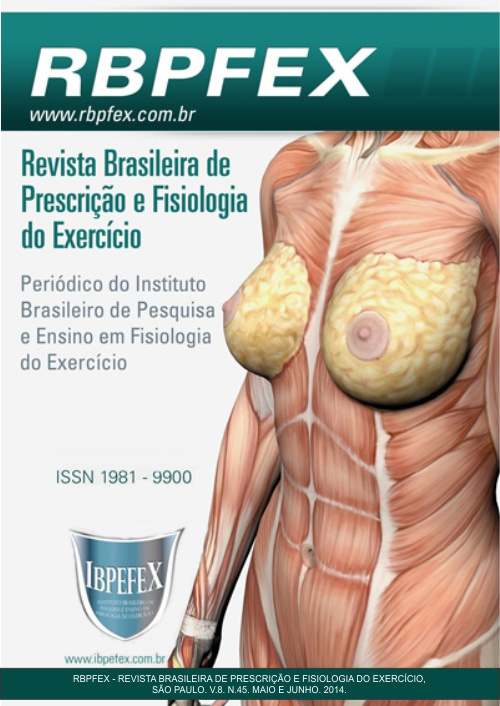Study of motor development: theoretical analysis of model development engine Gallahue
Abstract
The aim is to discuss the questions of how their developmental models lead to a theoretical explanation of human behavior throughout life, presented through some of the concepts that integrate his theory. It is observed that there are few comprehensive theoretical models of motor development and without a theoretical base of operation, research on motor development or any other area tends to produce little more than isolated facts. The theoretical models attempt to describe and explain the behavior and can be inductive or deductive in nature, motor development may be considered under the aspect of phases and stages of the aspect that they are: 1) Phase motor reflective stages and their coding and decoding information. 2) Stage movements and rudimentary stages of inhibition of reflexes and pre control. 3) Phase of fundamental movements and the initial stages, elementary and mature. 4) Phase specialized movements and transitional stages, and the application for permanent use. Understanding motor development helps explain how learning occurs. Through this study we conclude that the motor development corresponds to a process in which the body establishes interaction with the environment, thus showing that the extrinsic factors directly influence the pattern of human motor and motor skill is influenced by psychological, social and biological.
References
-Adams, J. A. A closed-loop theory of motor learning. Journal of Motor Behavior. Washington, D.C. Vol. 3. p. 111-149. 1971.
-Bohme, M. T. S. Auto-avaliação puberal feminina por meio de desenhos e fotos. Revista Brasileira de Atividade Física e Saúde. Vol. 7. Núm. 2. p. 24-34. 2002.
-Cole, T. J.; e colaboradores. Establishing A Standard Definition For Child Overweight And Obesity Worldwide International. survy. Vol. 320, p. 1240-1243. 2000.
-Gallahue, D.; Donelly F. C. Educação Física Desenvolvimentista para todas as crianças. 4ªedição. Phorte. 2008.
-Grumbach, M. M, Styne, D. M. Puberty: ontogeny, neuroendocrinology, physiology, and disorders. In: Larsen, P.R.; Kronenberg, H.M.; Melmed, S.; Polosky, K.S. editors. Willians textbook of endocrinology. Philadelphia. Saunders. p. 1117-286. 2003.
-Malina, R. M.; Bouchard, C. Growth, maturation and physical activity. Champaign: HumanKinetics.2004.
-Matsudo, V. K. R.; Matsudo, S. M. Validade da auto-avaliação na determinação da maturação sexual. Revista Brasileira de Ciência e Movimento. Vol. 5. Núm. 2. p. 18-35. 1986.
-Neto, C.A. F. Motricidade e jogo na infância.Sprint. 3ª edição. 2001.
-Tani, G.; Meira Junior, C. N.; Ugrinowitsch, H.; Benda, R.N.; Chiviacowsky, S.; Corrêa, U.C. Pesquisa na área de comportamento motor: modelos teóricos, métodos de investigação, instrumentos de análise, desafios, tendências e perspectivas. R. da Educação Física/UEM Maringá. Vol. 21. Núm. 3. p. 329-380. 2010.
Authors who publish in this journal agree to the following terms:
- Authors retain the copyright and grant the journal the right of first publication, with work simultaneously licensed under the Creative Commons Attribution License BY-NC which allows the sharing of the work with acknowledgment of the authorship of the work and initial publication in this journal.
- Authors are authorized to enter into additional contracts separately for non-exclusive distribution of the version of the work published in this journal (eg, publishing in institutional repository or book chapter), with acknowledgment of authorship and initial publication in this journal.
- Authors are allowed and encouraged to post and distribute their work online (eg, in institutional repositories or on their personal page) at any point before or during the editorial process, as this can bring about productive change as well as increase impact and impact. citation of published work (See The Effect of Free Access).






